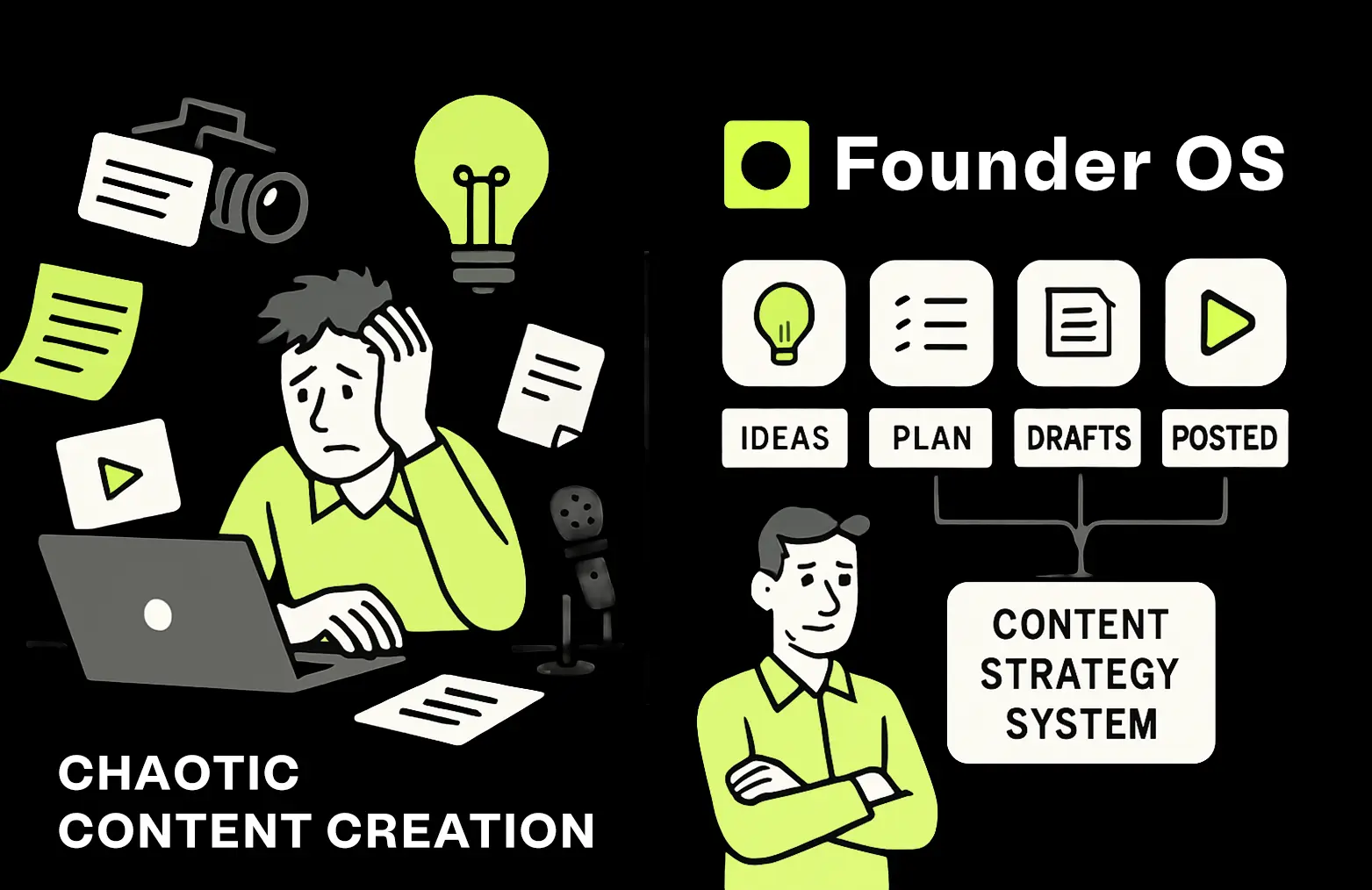Unrealistic expectations
The biggest automation killer? Expecting instant transformation. Too many founders dive in thinking automation is a magic wand that instantly transforms chaos into clockwork efficiency. This mindset sets you up for quick frustration and unmet goals.
Automation is a system, not sorcery. It absolutely will streamline your workflow, accelerate communication, and unlock your team's potential—but it requires patience and iteration. You need to master the tools, customize them to your unique operations, and refine them over time before you see consistent wins.
Common traps when expectations run too high:
- Expecting instant time savings during setup
- Skipping internal process improvements required before automation
- Not allowing enough time for trial, error, and adjustments
The better approach? Shift from quick wins to long-term gains. Choose one critical area to start—maybe client onboarding or internal reporting—and track incremental victories. Celebrating those 10-minute saves here and 20-minute efficiencies there shows you what's actually working.



.webp)


